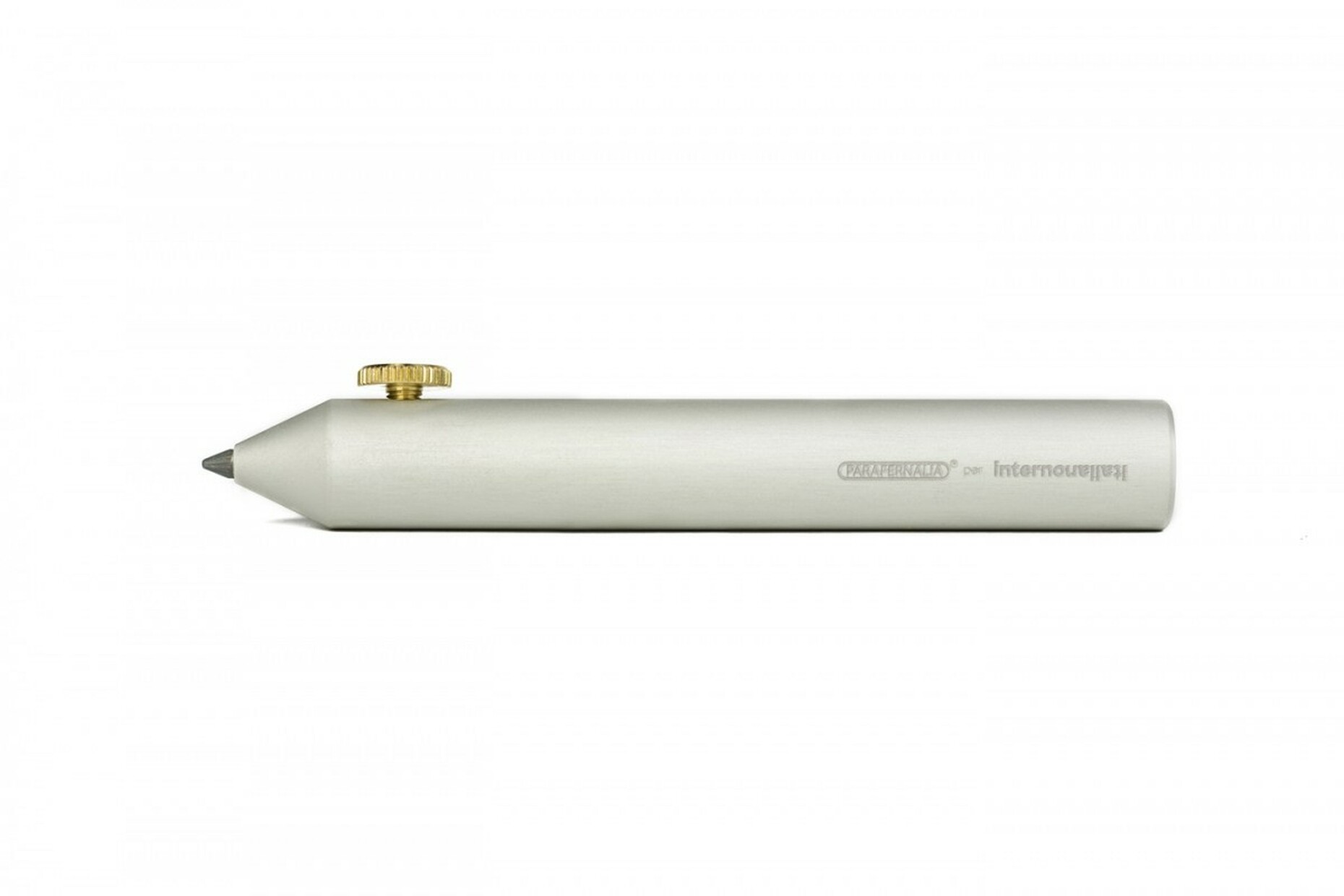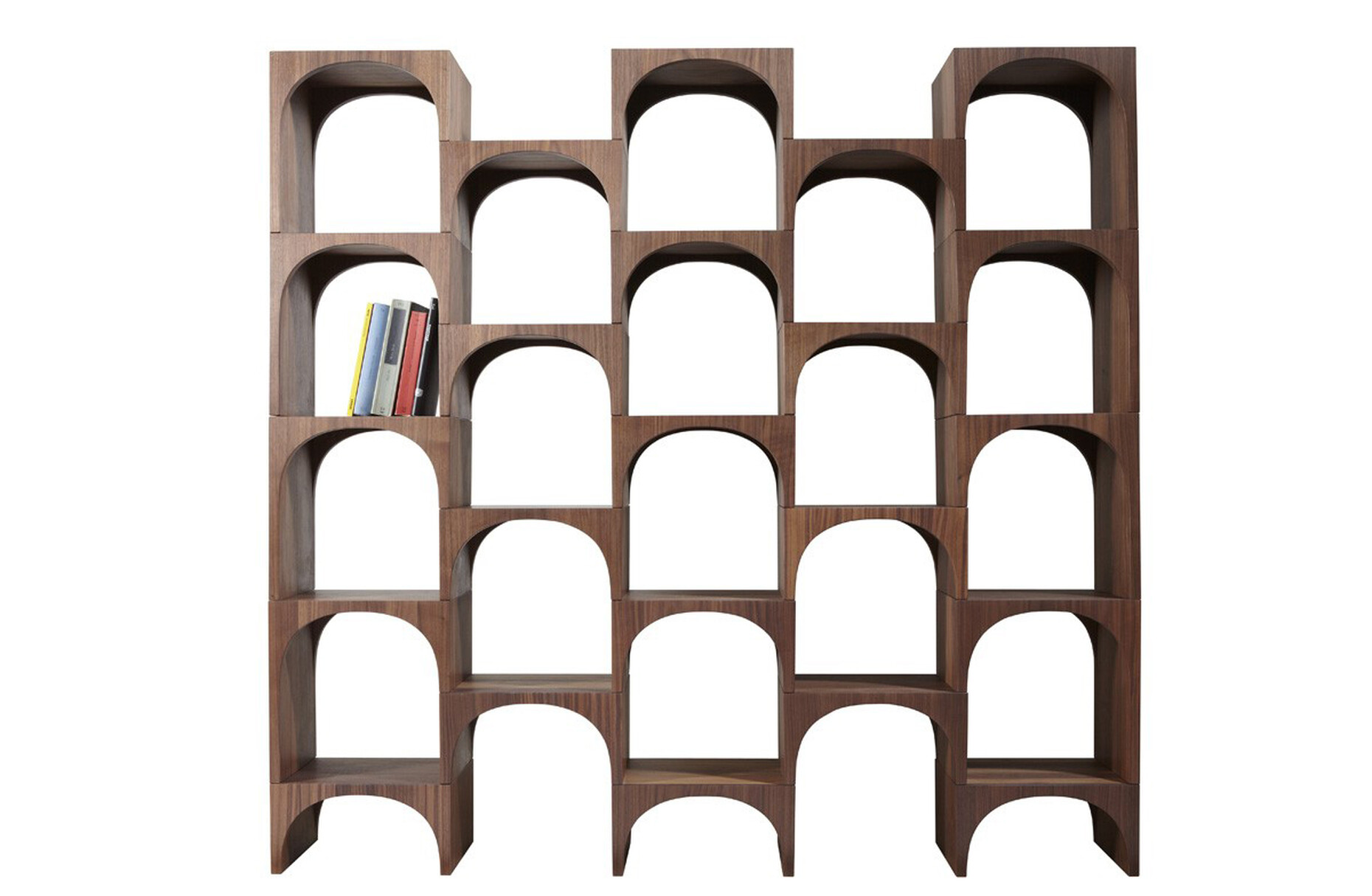SALONE DEL MOBILE 2017
Avanti Artigiani!
Giulio Iacchetti is rarely short of an answer. “I think it’s wrong,” he says, “to talk about innovative materials. After all, it is truly frightening how quickly innovative materials age.” Or: “The designer is someone who often falls in love with things, quite normal things.” Or: “You have to concern yourself with the details, the companies, and the words.” Iacchetti was born in 1966, lives in Milan, and can definitely be considered exceptional.
Because not only does he create beautiful and successful objects (for Alessi, Danese, Fontana Arte, Foscarini or Magis, among others), but he also explores his profession and thinks outside the box. Thus it was that in 2012 the man who does not look typically Italian, although he constantly wears new glasses (very Italian!), took out a sheet of paper, sat down and designed a small collection of furniture items and accessories that he personally felt embodied a typical Italian interior. It was the birth of Interno Italiano, a small, refined and decidedly “artigianale” line including chairs, tables, shelves, wardrobes, and many small everyday aids such as a broom, an adhesive tape dispenser or even a pair of scissors.
Iacchetti had not simply drawn any old line. This was more than apparent from the “manifesto” he brought out that is available as a video on the Interno Italiano website. The central idea is the “Italianità” of the collection, its “Italian-ness” as it were. Iacchetti, who names Alberto Meda, Alessandro Mendini, Enzo Mari and Ettore Sottsass among his role models, sets out to put the core of Italian design culture and above all Italian craftspeople firmly back in the limelight. Unlike with other brands, the website thus gives lots of details on each artisan and their workshops, sometimes even in the form of videos. By contrast, there are often only a few sparse words on the designers of the brand. In other words, Iacchetti turns the usual way of doing things on its head, and places the people behind the products center stage. Because he is convinced that what is special about Italian design is that it rests on the harmonious collaboration between talented designers and equally talented artisans, one that is based on mutual respect.
In fact, Iacchetti has more to say about the design system: “A designer must adapt to market considerations, but should preserve a degree of freedom in order to avoid simply becoming the calling card of an industrial system.” Giulio Iacchetti, who has masterminded such iconic products as the “Tuttifrutti” fruit bowl for Alessi, the “Eur” modular shelves for Magis or the “Magneto” luminaire for Foscarini and has twice bagged the “Compasso d’Oro,” gives himself such latitude in the form of exhibitions. For example, in 2009 he presented “Disobedient Objects” at the Milan Triennale, objects which he felt would not find a mass market, but showed thought and wit. There’s the small side table, for example, that rests on a stack of books held together by a conventional DIY-store tensioning strap.
Indeed, humor is key for Iacchetti. With Interno Italiano he wanted to create “happy products” whose function is immediately evident to the eye, that are wherever possible made only of a single material and that bring a smile to the user’s face. Such as his “Bard” pouf: It looks like a concrete bollard, but is made of soft foam so you can sink back into it. Iacchetti’s line now has some 60 products, available through the Internet as well as in selected stores the world over. About 80 percent of them Iacchetti designed himself.
The “Nepi” shelves bear emphasizing here, made of arcs of solid walnut and therefore expandable at will, reminiscent of both the Colosseum and the Palazzo della Civiltà Italiana (Palace of Italian Civilization), the “Colosseo Quadrato” on the former World Expo 1942 grounds. Iacchetti feels it imperative that the Interno Italiano objects all convey a touch of classical Rome and represent archetypes. For example, a metal oilcan thus morphs into a watering can with a convincing water reclamation function. And the classic handle of an umbrella turns into a clothes hook. Interno Italiano mainly consists of precisely such small but useful everyday objects. Perhaps, among other things, because such products allow the playful touch to come more to the fore, something also underscored by Iacchetti’s products for Alessi.
In keeping with Iacchetti’s concept, we must also mention the craftspeople who make a not inconsiderable contribution to the manufacture of the products. For example, the glassblowers at Parise Vetro, which have since the 1970s been hand-making borosilicate glass in Marostica in Vicenza province – they produce the softly shaped, matt green “Gela” glass bottle and “Goro” tumbler for Interno Italiano. Or the ceramic artisans at Giuseppa Mazzotti, founded in 1903 in Albisola, who actually created clay objects for Filippo Tommaso Marinetti and Bruno Munari and who today (the company is still family owned) are continuing the tradition of Ligurian ceramic making.
They have produced several vases for Iacchetti’s collection, including one shaped like standing fish whose mouths form the opening of the vase. Also worthy of mention is Nino Ciminna from Palermo, perhaps one of the most typical champions of this kind of artisanship in Italy. From his childhood onwards, Ciminna worked as a tinsmith and had his own small workshop in Palermo’s Via Calderai, choc-a-bloc with containers, baskets, sieves and tools. The clip on Nino Ciminna reveals that he died in 2015. Giulio Iacchetti honors him by keeping him alive on the website as one of the artigiani. That, too, is Interno Italiano.
At Milan Design Week, Interno Italiano has set up a temporary store:
Via Palermo 5, Milan, Brera Design District
4 to 9 April







